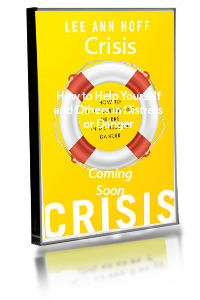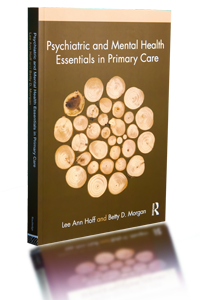
Research
Student Stress & Crisis
ABSTRACT - Survey: Student Stress & Crisis. Poster Presentation, APHA 1988 - Boston, MA Lee Ann Hoff, PhD
Setting: A major private university in Boston. [Survey was replicated a few years later at a state university in New England–results not available.]
Title: University undergraduates’ Needs During Life Crises
Purpose: To assess undergraduates’ needs and resources during stress and crisis
Sample and Design:
- 1037 undergraduates (population: 15,214)
- cross-sectional majors and university class position
- 41-item survey
Major Results:
- Most frequently cited problems
- Financial
- Academic
- Family/Interpersonal
- Inadequate housing
- Most frequently cited solutions considered
- Leave school temporarily
- Suicide
- Leave school permanently
NOTE: Students citing only ONE major problem were 11%; among those citing TWO or MORE problems, the number rose to over 30%
- Over 30% of students were ignorant of existing counseling and other services
Help Preferred: Combination of professional and peer counseling
Implications:
- Reduce student suicide risk
- Reduce student drop-out rate
- Improve coordination of existing services
- Expand existing services to 24-hr., 7-day-a-week access
- Provide mix of professional and peer counseling services
- Emphasize preventive over curative [reactive] approach
Recommended Action Based on Survey Results
Components of Service
- Information and referral
- Triage (rapid assessment and disposition)
- Follow-up counseling or treatment
- Linkage to in-patient service
Characteristics of A Model Crisis Service
- 24/7 response capacity
- Immediacy of response
- Universal access by population served
- Smooth and effective co-ordination with related service units
- Evaluation for consumer and cost-effectivecness
Interested persons might replicate this research with the survey tool available by contacting info@crisisprograms.org




